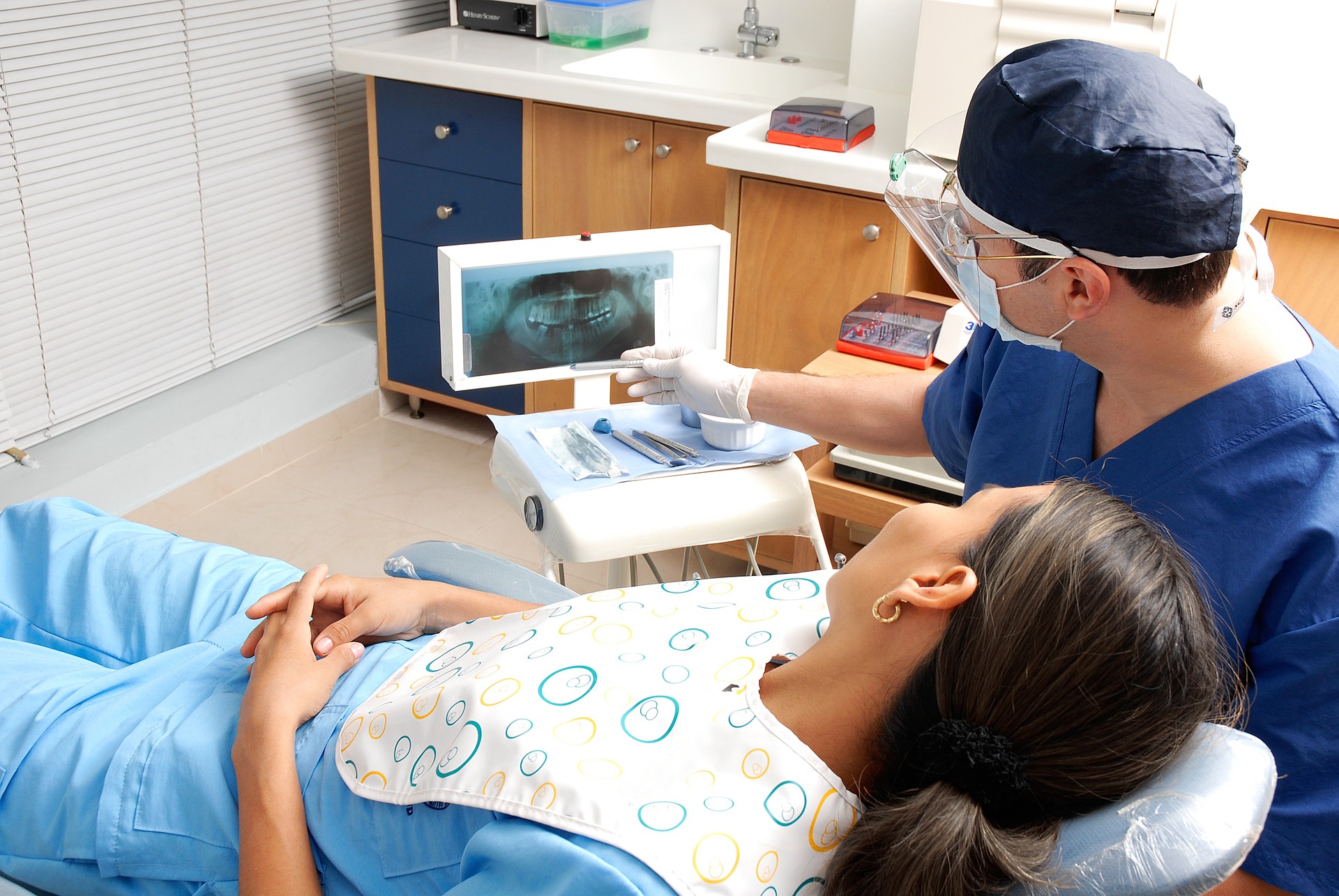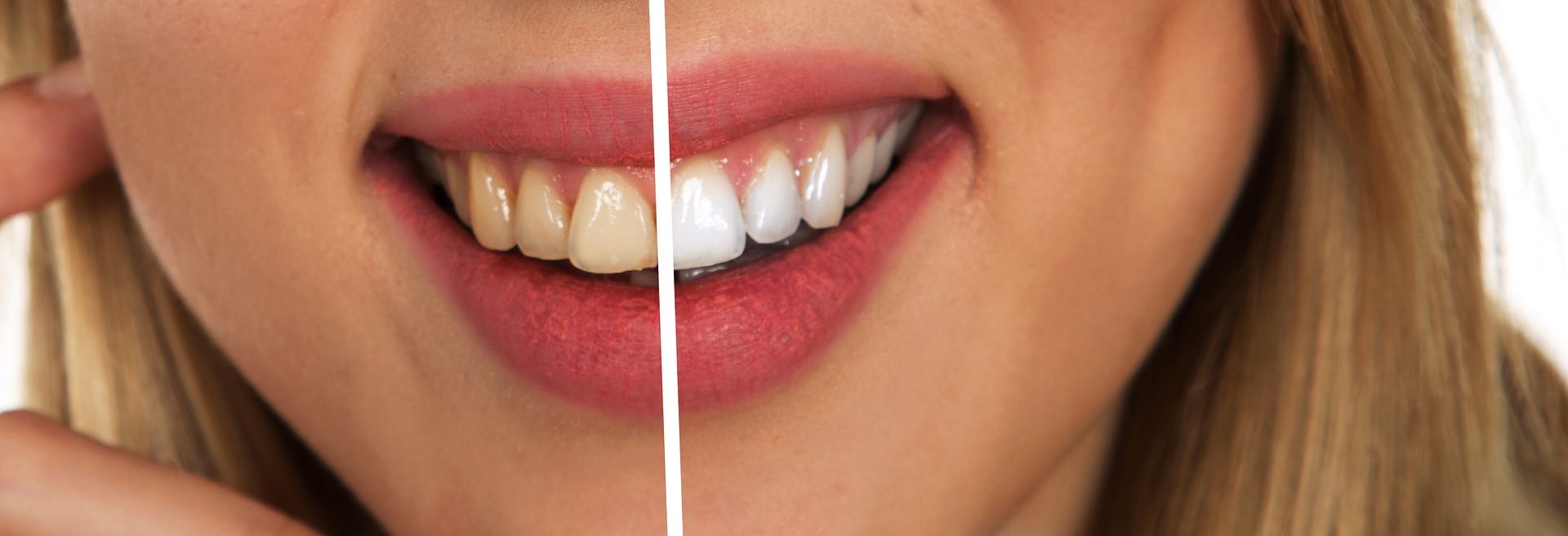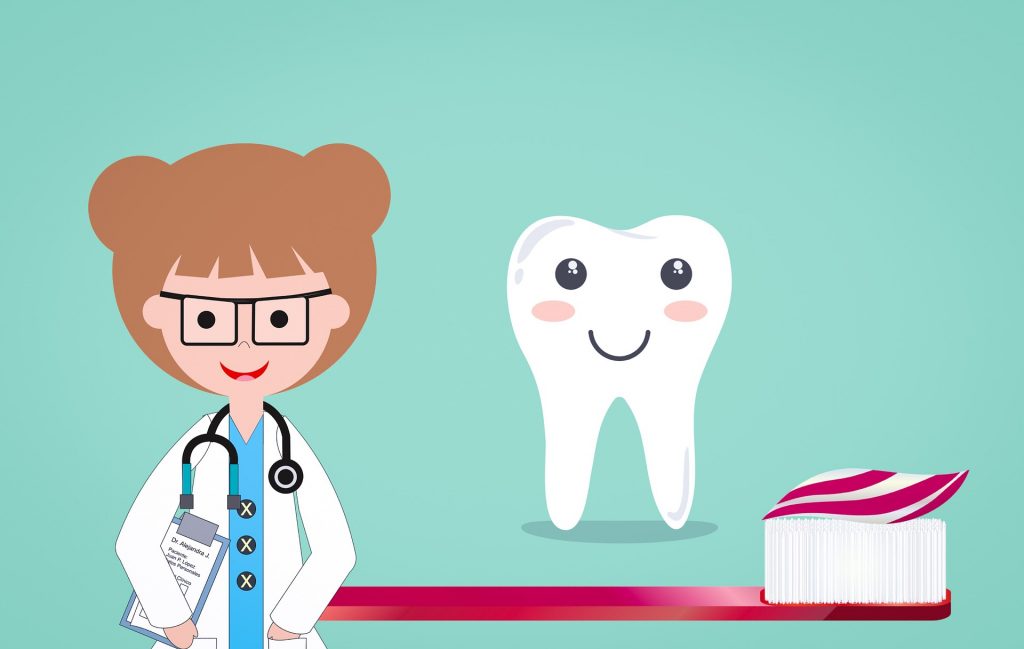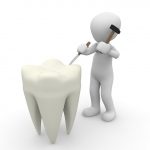An In-Depth Guide to Spacers for Braces
 When you hear the news that you’re going to have spacers for braces “installed,” there are often many questions that arise regarding these devices and the installation procedure. Children and adults with misaligned or crooked teeth may be looking at the prospect of having braces fitted, and the use of spacers is simply one way that an orthodontist prepares the back molar teeth for the fitting of braces in the near future. If you or your child are contemplating the option of having braces fitted or have already committed to the process, then the following sections may help to answer some questions that you may have regarding spacers for braces.
When you hear the news that you’re going to have spacers for braces “installed,” there are often many questions that arise regarding these devices and the installation procedure. Children and adults with misaligned or crooked teeth may be looking at the prospect of having braces fitted, and the use of spacers is simply one way that an orthodontist prepares the back molar teeth for the fitting of braces in the near future. If you or your child are contemplating the option of having braces fitted or have already committed to the process, then the following sections may help to answer some questions that you may have regarding spacers for braces.
What are Spacers for Braces?
In the world of orthodontics, spacers are the prelude to braces. You might also have heard them referred to as orthodontic separators, which is exactly what these ingenious pieces are. If your orthodontist has yet to give you a glimpse of orthodontic separators, you might be surprised to learn that they are basically small elastic rings. These donut-shaped blue rings are about a centimeter in diameter. That may sound like a lot of space to insert between your teeth; however, the spacer will be inserted parallel to the teeth on either side, so the reality of the fitting is not as bad as it might initially seem. Orthodontic separators may be worn for as little as a few days prior to having braces fitted or, in some cases, an orthodontist may elect to leave the spacers in for as long as the braces are required.

Why are Spacers Necessary?
Orthodontic separators are simple in design, but they serve a very necessary purpose. When braces are fitted to your teeth, it is important that the back molars are not too tightly set against one another. Over the course of time, the braces will be working to gradually move and properly align your teeth, and in the process the back molars may be coerced into moving too snuggly against one another, which can not only become uncomfortable, but can also encourage cavity development and alter a person’s “bite”, or the way that the top and bottom teeth meet when placed in a biting position. Orthodontic separators are fitted between the last three teeth on each side of the mouth. The intended result of this practice is to force a bit of space between these teeth prior to having braces fitted.
How are Spacers Fitted?
The process of fitting spacers between the molar teeth is very simple, although some may find it an uncomfortable procedure. The orthodontist will stretch the elastic spacer until it is thin enough to insert between two teeth. The orthodontist will release the band once he or she has found the correct position for the spacer, which is typically where the bottom of the spacer rests just above the gum line, and the top of the spacer is level with the lowest point on the crowns of each neighboring tooth. This process is often referred to as flossing.

Are Spacers Painful?
For some, the process of fitting separators for braces is completely painless but it is not uncommon to feel discomfort, especially soreness in the jaw which results from the force that is applied to the jaw during the fitting. Initially, it will feel as though there is a large piece of meat stuck between your teeth. This can cause a sense of pressure between the teeth and sometimes against the gums which can vary from a minor annoyance to a toothache-like sensation. The pain felt during the first 24 to 48 hours of wearing spacers often depends on your personal pain tolerance. If you have tightly-set molars, you may experience increased discomfort because the separators have more work to do in creating a sufficient gap between these cramped teeth. Most individuals experience diminished discomfort after the first two days of wearing separators, however some may feel discomfort for up to a week after the fitting.
 How Can Discomfort be Managed?
How Can Discomfort be Managed?
The pain or discomfort caused by spacers may be managed by using a combination of pain medication and dietary changes. It is rare for an orthodontist to offer prescription medication for separators because the pain can most often be managed using over the counter analgesic medication. Ibuprofen, Acetaminophen, and Naproxen, in the respective suggested dosage, will take care of the brunt of your pain. Biting down with a lot of force can exacerbate your discomfort by adding pressure to teeth that are already under a fair amount of stress, therefore it is highly recommended that you avoid this action. Chewing tough or hard foods can also increase your discomfort. Opting for soft foods like mashed potatoes, yogurt, and hot cereal can help to minimize irritation caused by chewing.
Is Special Care Required when Wearing Spacers?
For the most part, you can eat the same foods that they normally enjoy. It is, however, recommended that you avoid sticky foods like toffee, chewing gum, caramel, and gummy candy because these foods can stick to the spacer material and pull them out of place. If the orthodontic separators fall out prematurely, you may need to have them refitted. Failing to do so will result in an uncomfortable experience when the orthodontic brand and braces are fitted, as the teeth will not be in the ideal position. It is perfectly fine to brush and rinse your teeth, as normal, but avoid flossing between teeth as this could dislodge the separators.
Will Spacers be Replaced by Bands?
During the brace-fitting appointment, the spacers are often replaced by a metal orthodontic band. This band will take over the task of the separators by surrounding the second-to-last molar and maintaining the required space between the neighboring teeth. However, the use of an orthodontic band is becoming seen as an old-school practice and more orthodontists prefer to continue the use of elastic spacers because they are generally more comfortable to wear. They do not require the use of dental cement, and they greatly reduce the chances of cavity development compared to metal orthodontic bands because they do not surround your tooth.

How are Spacers Removed?
Spacer removal is a process that involves much less discomfort than the initial fitting. It is not uncommon for separators to loosen and fall out shortly before the appointment to have braces installed. If this occurs, there is no cause for alarm. It just means that the teeth have done what was intended, and moved into the correct positions. If the spacers have not fallen out on their own then they will easily be removed by the orthodontist right before the braces are attached. If you are having metal orthodontic bands affixed to your teeth, as is most common, then a band will be glued around the second-to-last molar on each side using special dental cement. If the orthodontist has suggested that spacers be used in lieu of a metal band then the spacers may be left as they are, or readjusted.
 Having separators for braces fitted can be a bit daunting, but the results are well worth the discomfort. If you have any further questions about what your treatment will entail, such as whether you will be fitted with metal bands or if you will continue to use the donut-shaped spacers, feel free to relay these concerns to your orthodontist for more personalized information.
Having separators for braces fitted can be a bit daunting, but the results are well worth the discomfort. If you have any further questions about what your treatment will entail, such as whether you will be fitted with metal bands or if you will continue to use the donut-shaped spacers, feel free to relay these concerns to your orthodontist for more personalized information.
